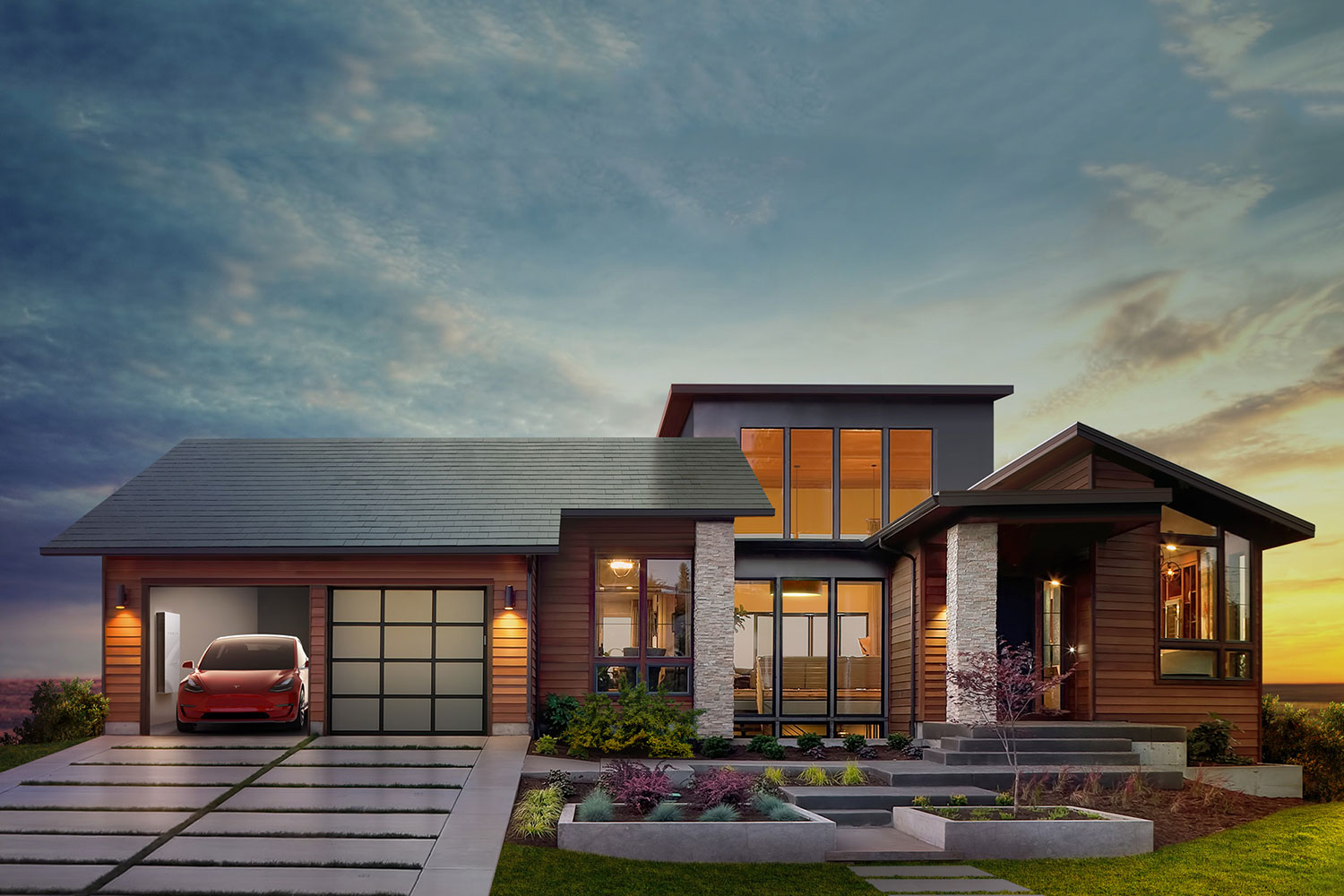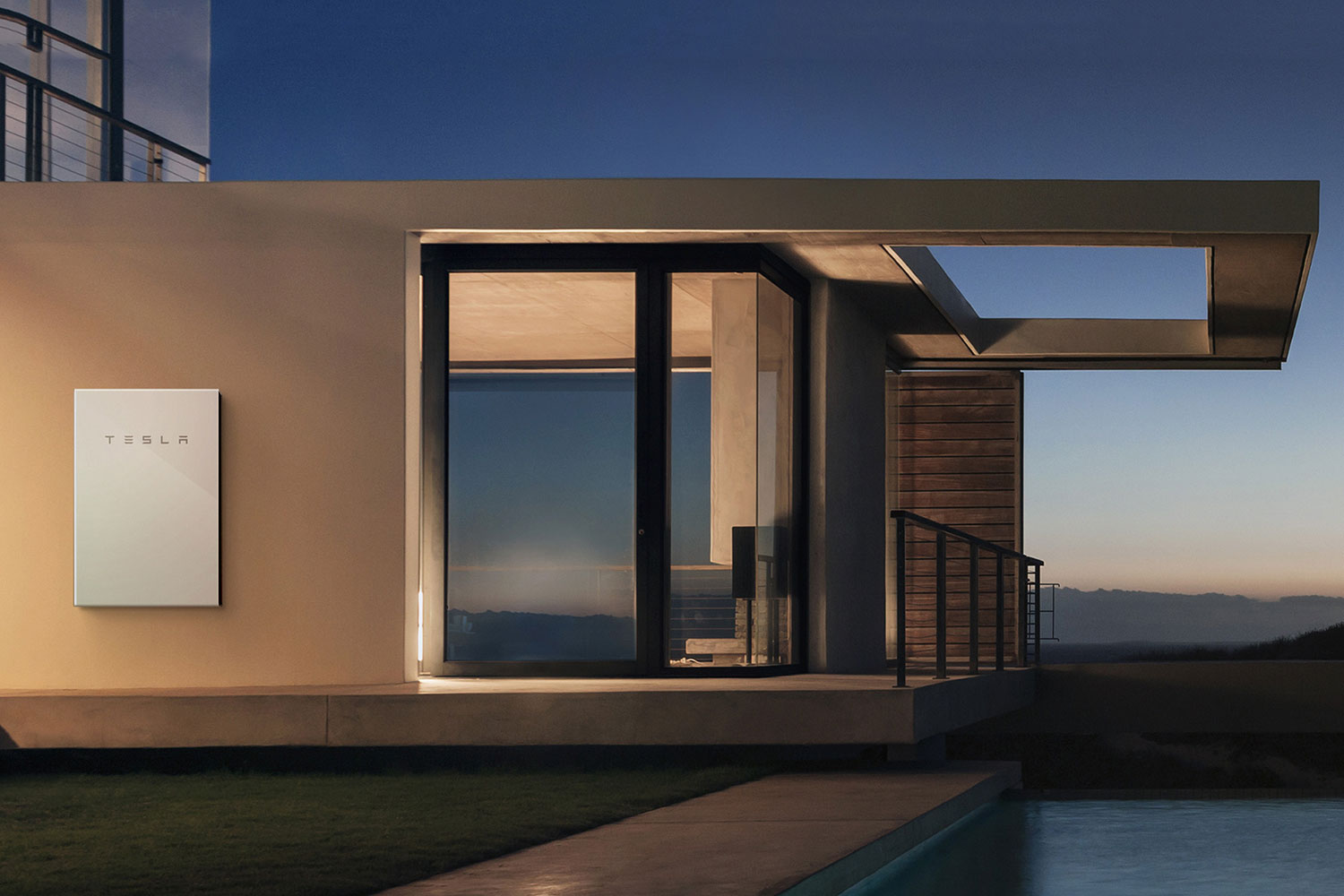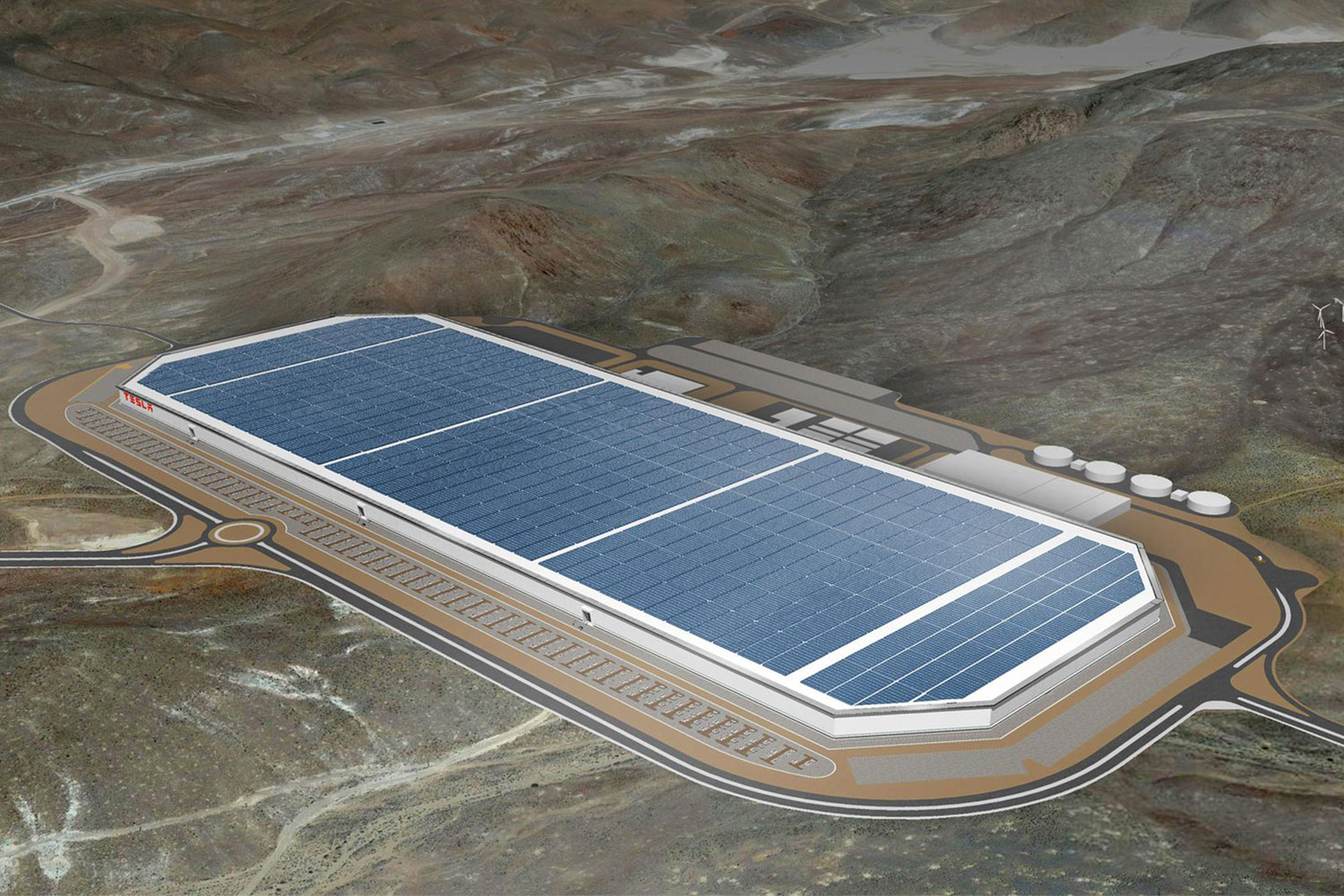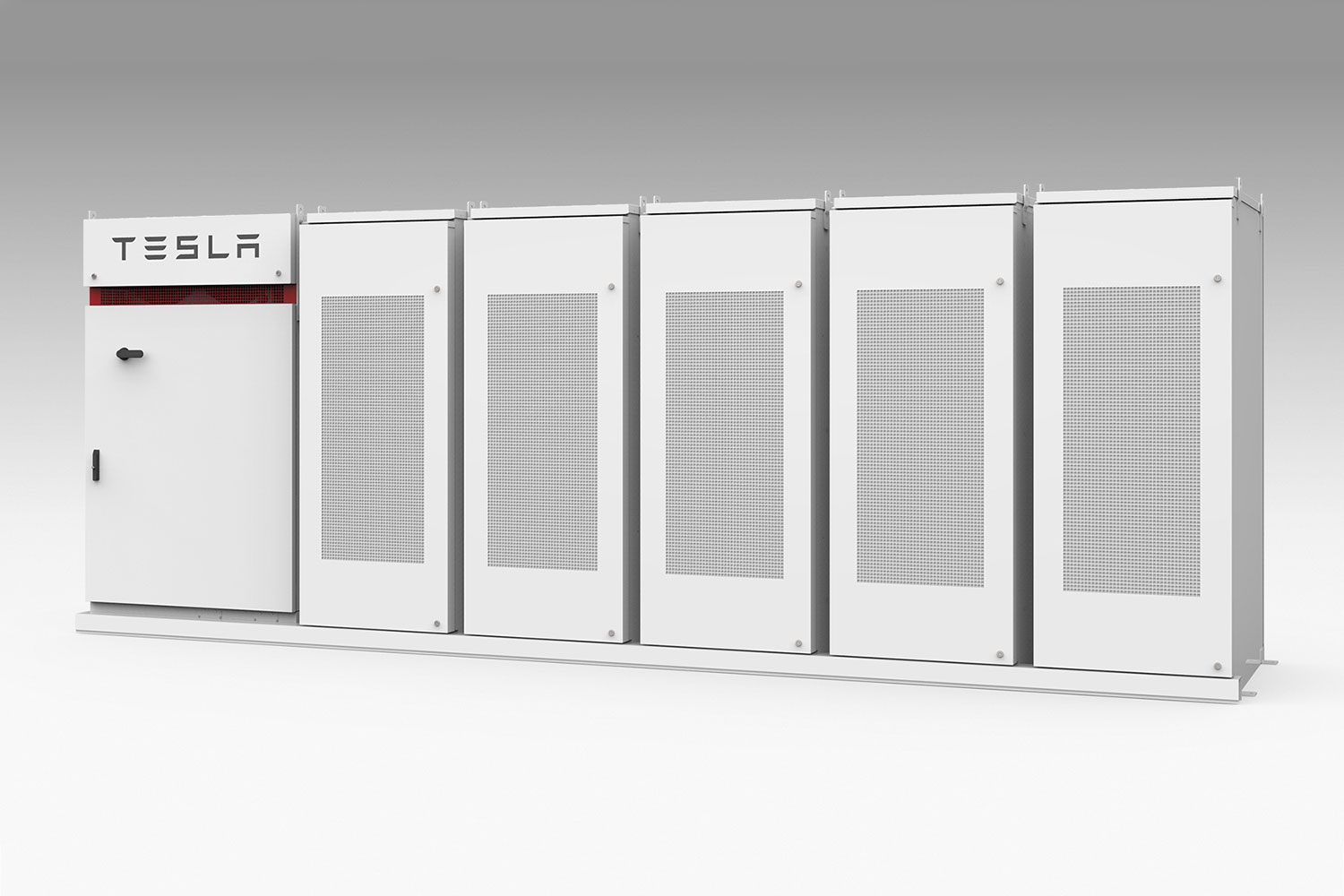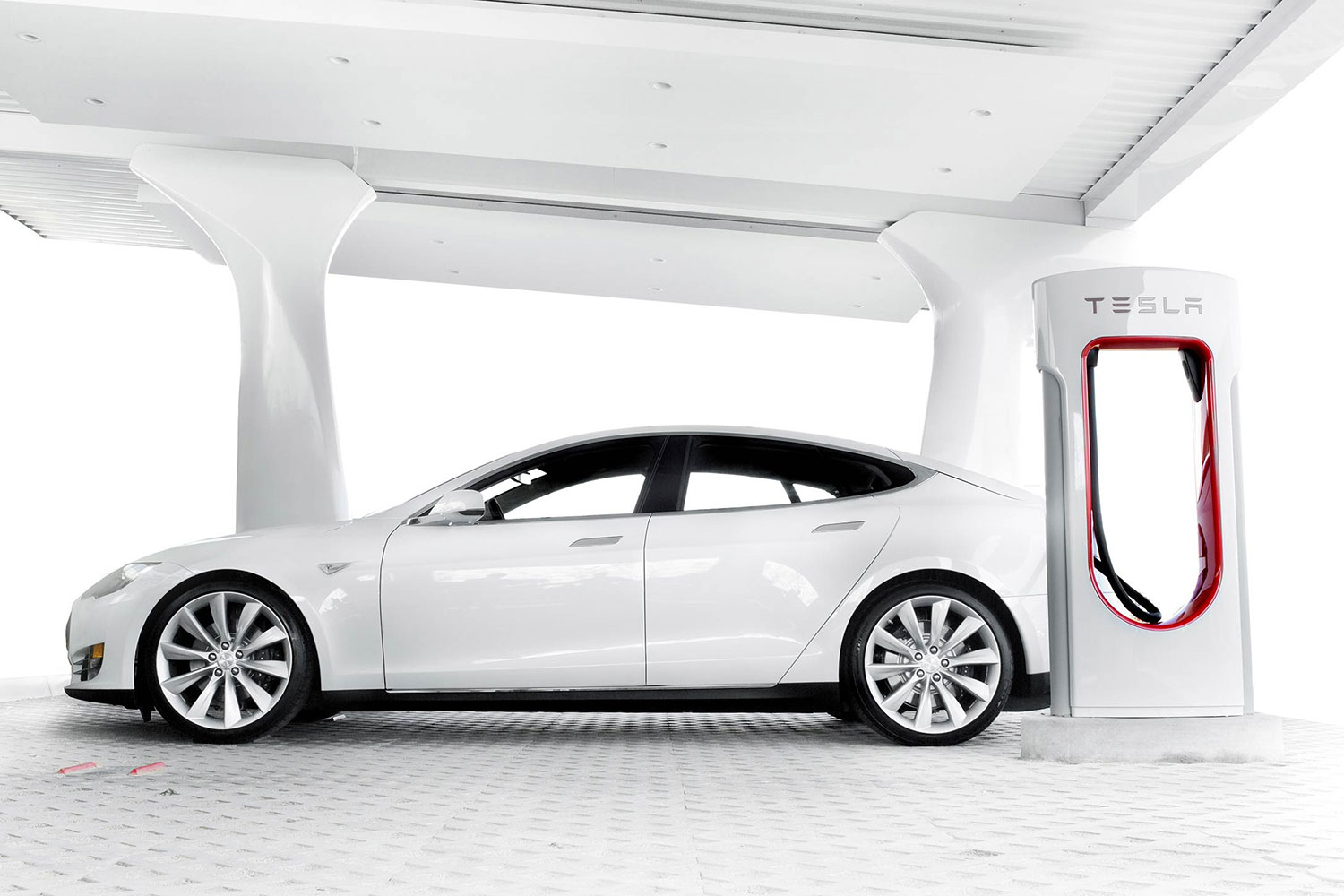
This is how it all began.
A simple mission statement
Named after inventor Nikola Tesla, Tesla Motors was founded in July of 2003 by Martin Eberhard, Marc Tarpenning, Elon Musk, and JB Straubel. Musk was appointed Chairman of the Board after helping Tesla raise $7.5 million during its first financing round in February of 2004. A year later, he led another financing round which raised $13 million. With a name and money in the bank, Tesla set out to develop its very first car.
“When someone buys the Tesla Roadster, they are actually helping pay for the development of the low-cost family car.”
Early on, Musk made it clear he was funding Tesla to help wean motorists off of fossil fuels by bringing electric mobility to the masses. His so-called master plan called for the launch of a relatively expensive, high-profile electric car to demonstrate what the company is capable of. Tesla would then use the proceeds from the sports car to build a more affordable car, and use those proceeds to move further down-market. The plan has been posted on Tesla’s official website since 2006.
“In keeping with a fast-growing technology company, all free cash flow is plowed back into R&D to drive down the costs and bring the following products to market as fast as possible. When someone buys the Tesla Roadster sports car, they are actually helping pay for the development of the low-cost family car,” Musk wrote a decade ago.
Developing a sports car from scratch was too costly for the upstart automaker, so it looked for a company willing to provide a chassis and a body. On July 11, 2005, English car maker Lotus agreed to sell Tesla bare Elise shells. The Tesla Roadster was then born.
Walking the walk
Tesla introduced its very first model on July 19, 2006, at a private event at the Santa Monica airport in California. The first batch of 100 cars was spoken for in less than a month, but the project faced several setbacks early on and production was delayed several times.
A third financing round raised $40 million in 2007. Musk was again one of Tesla’s biggest investors; the Paypal co-founder has invested hundreds of millions of from his own personal fortune into the company. He became Tesla’s top executive when he replaced Ze’ev Drori – who was at the helm for less than a year – in 2008.
Early adopters liked the idea of an electric sports car with instant torque. In its most powerful configuration, the Roadster offered 288 horsepower, 280 pound-feet of torque, and it could hit 60 mph from a standstill in 3.7 seconds, a figure that allowed it to embarrass some of the most exclusive machines on the planet. Better yet, it offered 245 miles of range without the use of a gasoline-powered range extender. The Roadster cost $109,000 before federal and local government incentives were factored in.

In 2008, rumors broke out that Tesla was busily working on a second, more family-oriented model named Model S. Reports claimed the Model S would ride on a brand-new platform, not one borrowed from another automaker, and that much was true. However, many believed it would use an on-board, gasoline-burning range extender like the Chevrolet Volt, the ill-fated Fisker Karma, and certain variants of the BMW i3. Of course, those rumors were completely false.
Tesla confirmed the rumblings a short while later when it presented a close-to-production concept that previewed the Model S. While the Roadster was visibly Lotus-based, the company’s new concept stood out with a head-turning design and a sleek, coupe-like roof line. Many motorists put a deposit down on the car before the final production version was unveiled, a phenomenon that would later become par for the course for the automaker.
Still, all was not well under the surface. In October of 2008, Tesla insiders claimed the company had just $9 million left in the bank, a very small amount for an automaker in full expansion. Many questioned the company’s long-term survival.
Shaky startup no more
Tesla’s first step towards profitability came in 2009 when it announced it had struck a deal to sell 1,000 battery packs to Mercedes-Benz parent company Daimler. At the time, executives explained they wanted to build an electric version of the Smart Fortwo to gather data on electric vehicles. The one-time deal burgeoned into a full-fledged alliance when Daimler bought a 10-percent stake in Tesla in May of 2009 for the sum of $50 million.
Tesla became the first American car company to go public since Ford held its IPO in 1956.
In January of 2010, Tesla proudly announced a sizable $465 million loan from the United States Department of Energy (DOT). At the time, Musk affirmed the money would help his company build two production facilities in California. However, the executive changed his mind and purchased Toyota’s shuttered New United Motor Manufacturing Inc. (NUMMI) plant in Fremont, California, several months later.
Toyota invested $50 million in Tesla, allegedly after chief executive Akio Toyoda took a spin in Musk’s personal Roadster. The media speculated the Japanese brand would get its own version of the Model S in exchange for the considerable investment. These rumors never materialized, though Tesla provided drivetrain components for the all-electric version of the last-generation RAV4.
In June of 2010, Tesla became the first American car company to go public since Ford held its initial public offering (IPO) in 1956. Trading began at $17 a share and closed at $23.89, representing a 40.5-percent jump in its first full day of trading. Tesla raised $226 million by going public, considerably more than the $185 million executives were hoping to secure.
Building a multi-vehicle lineup
The Model X was unveiled in concept form in February of 2012, and Tesla received $40 million in orders in less than a week. Traffic to the company’s website increased 2,800 percent the night the X was unveiled, while “Model X” became the third-most searched term on Google. At the time, Musk expected the X would hit the market in late 2013.
Production of the Roadster ended in 2012 after over 2,400 examples were built, and the first Model S was delivered in June of that year. It was unlike anything else on the road: luxurious, spacious, entirely electric, and faster than a Porsche 911. Tesla had gone from an ambitious upstart to a force to be reckoned with by showing its capacity to build a desirable, volume-oriented sedan.
- 1. 2014 Tesla Model S with Autopilot
- 2. 2015 Tesla Model X
- 4. 2016 Tesla Model 3
Tesla quieted the skeptics who lamented the lack of an infrastructure to charge electric cars by building the first of over 200 Supercharger stations. And, it re-affirmed its commitment to bypass traditional dealers and sell cars directly to customers, a decision that it has defended in court time and again.
The DOT loan was paid off in full in 2013, nine years ahead of schedule. That same year, Musk used his personal Twitter account to recruit engineers capable of developing semi-autonomous technology. The executive also clarified his company wishes to develop the tech in-house, which ended long-standing rumors of a collaboration with Google.
The development process went much faster than expected: Production of Autopilot-ready cars began in November of 2014, and the software was enabled in October of the following year. Using state-of-the-art tech, Autopilot gave the car the ability to analyze the area directly in front of it. Long-range radars and a 360-degree ultrasonic sonar complemented the on-board camera, making it possible to identify both hard and soft objects ahead of and around the car.
The P85D model was capable of hitting 60 mph from a stop in 3.2 seconds.
With Autopilot engaged, the Model S was capable of changing lanes when the driver activates the turn signal and read speed limit signs. Other functions – including blind spot warning, emergency braking, and, more recently, a function that allows the car to semi-autonomously navigate freeway off-ramps – have been added since.
Tesla announced plans to open a new assembly plant named Gigafactory located outside of Reno, Nevada. Construction work kicked off in 2014, and production began in 2016. Tesla and partner Panasonic predict the facility will ultimately build lithium-ion battery packs for half a million electric vehicles annually.
Daimler sold its stake in Tesla in late 2014, though the company continued to supply Mercedes with battery packs for the B-Class Electric Drive. Toyota sold a majority of its shares in Tesla at about the same time.
A new, D-badged variant of the Model S was introduced in January of 2015 with dual-motor all-wheel drive. The P85D model was capable of hitting 60 mph from a stop in 3.2 seconds, blasting past high-performance machines built by big-name brands like AMG and BMW M. Performance was turned up yet another notch with the release of an over-the-air software update that added an “insane” acceleration mode. If that wasn’t enough, the Ludicrous mode that appeared shortly after lowered the car’s 0 to 60 time to 2.8 seconds.
The Model X was finally introduced in late September of 2015. Fine-tuning it was easier said than done, but the production model managed to retain the radical falcon doors that characterized the concept. Like the Model S, the X was offered with dual-motor all-wheel drive and a Ludicrous mode.
The Model 3 that Tesla promised a few years ago was previewed on March 31, 2016. What was shown during the launch event was still a prototype, but it gave motorists a good idea of what to expect from the most affordable Tesla yet. Notably, it will cost $35,000 before options and incentives are factored in, it will be ready for semi-autonomous driving, and it will boast up to 250 miles of range. Production isn’t scheduled to start until 2017, which hasn’t stopped nearly 400,000 motorists from all over the globe from making a deposit on the car.
April of 2016 brought a facelifted Model S with a new front end that fell in line with the design language introduced by the Model X. A range-topping version of the Model S named P100D was added to the lineup in November. It was capable of hitting 60 mph from a stop in 2.5 seconds, a figure that cemented its spot as one of the fastest street-legal cars ever built. New advances in battery technology gave it 315 miles of range.
Tesla has also branched out into other segments of the energy market. It unveiled the Powerwall – essentially a battery pack designed for home use – in April of 2014, and it bought sister company Solar City in 2016. That means buyers can install solar panels on the roof of their house, channel the energy to the Powerwall pack, and use the electricity to top up their Tesla. The vertical integration makes us that much closer to being free from foreign oil and, in places with enough sun, the utility company.




